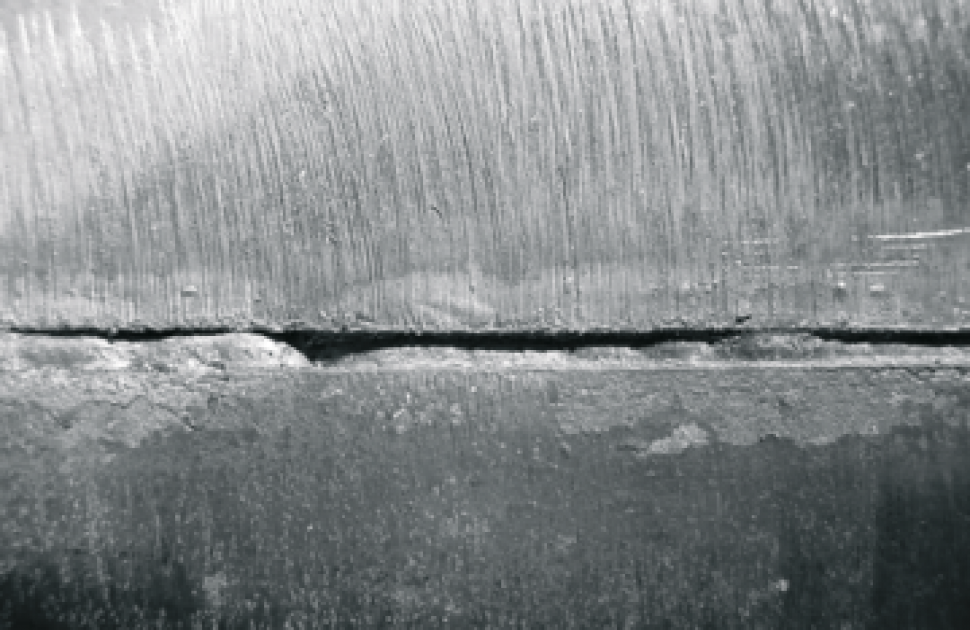Preventing Weld Undercut Demystified: Techniques for Success
Preventing Weld Undercut Demystified: Techniques for Success
Blog Article
Mastering the Art of Welding: Just How to Prevent Undercut Welding Issues for Flawless Manufacture Results
By recognizing the root triggers of undercut welding and executing efficient strategies to stop it, welders can raise their craft to new levels of excellence. In the quest of perfect construction outcomes, grasping the art of welding to stay clear of undercut problems is not just a skill yet a requirement for those striving for excellence in their job.
Comprehending Undercut Welding

To protect against undercut welding, welders must make certain proper welding criteria, such as changing the current, voltage, travel speed, and preserving the proper electrode angle. By comprehending the causes of undercut welding and executing preventative steps, welders can achieve high-grade, structurally audio welds.
Reasons For Undercut in Welding
Comprehending the aspects that add to undercut in welding is important for welders to create high-quality, structurally audio welds. Insufficient welding existing or wrong welding speed can also contribute to undercut. Understanding these reasons and carrying out proper welding techniques can assist avoid undercutting concerns, making certain durable and solid welds.
Techniques to Stop Undercutting

To alleviate the risk of damaging in welding, welders can use critical welding methods focused on enhancing the high quality and stability of the weld joints. One efficient approach is to readjust the welding parameters, such as voltage, current, and travel speed, to guarantee correct warm input and deposition. Maintaining a suitable electrode angle and ensuring consistent travel speed can likewise aid prevent undercut. Additionally, using the appropriate welding method for the particular joint arrangement, such as weave or stringer grains, can add to reducing damaging. Preventing weld undercut.
Using back-step welding techniques and managing the weld bead profile can likewise help distribute warm equally and lessen the risk of undercut. Regular examination of the weld joint throughout and after welding, as well as executing quality guarantee measures, can aid in resolving and discovering damaging concerns quickly.
Value of Appropriate Welding Criteria
Picking and maintaining proper welding parameters is vital for achieving effective welds with minimal issues. Welding criteria refer to variables such as voltage, existing, travel rate, electrode angle, and protecting gas circulation rate that directly influence the welding process. These criteria should be carefully adjusted based upon the type of material being bonded, its thickness, and the welding technique used.
Correct welding criteria make certain the correct amount of warm is related to thaw the base steels and this website filler material consistently. If the parameters are set too expensive, it can cause excessive warm input, triggering spatter, distortion, or burn-through. On the various other hand, if the parameters are also reduced, incomplete combination, absence of infiltration, or undercutting may take place.
Quality Guarantee in Welding Procedures

Verdict
To conclude, understanding the art of welding needs a complete understanding of undercut welding, its causes, and techniques to avoid it. By guaranteeing proper welding criteria you can find out more and implementing top quality guarantee methods, perfect construction results can be achieved. It is essential for welders to regularly aim for quality in their welding operations to stay clear of undercut concerns and generate high-quality welds.
Undercut welding, an usual defect in welding procedures, happens when the weld metal does not correctly fill up the groove and leaves a groove or anxiety along the click here to read welded joint.To stop undercut welding, welders need to guarantee correct welding parameters, such as adjusting the present, voltage, travel rate, and keeping the appropriate electrode angle. Poor welding wrong or current welding speed can also contribute to damage.To alleviate the risk of damaging in welding, welders can utilize calculated welding strategies aimed at boosting the top quality and integrity of the weld joints.In final thought, mastering the art of welding requires a detailed understanding of undercut welding, its reasons, and methods to avoid it.
Report this page